On May 30, 2025, the Ministry of Industry and Trade issued Decision No. 1509/QD-BCT, approving the Plan for implementing the National Power Development Plan for the 2021-2030 period, with a vision to 2050, adjusted (referred to as the Plan for implementing the adjusted Power Plan VIII).
The plan is designed to concretize Decision No. 768/QD-TTg dated April 15, 2025 of the Prime Minister; aiming to meet the electricity demand for economic and social development in each period, ensuring electricity development is one step ahead.

Total power capacity increased sharply
According to the Plan, by 2030, the total capacity of LNG thermal power will be 22,524 MW, domestic gas thermal power 14,930 MW, coal thermal power 31,055 MW, hydropower 33,294 - 34,667 MW, solar power 46,459 - 73,416 MW and onshore wind power from 26,066 - 38,029 MW.
Offshore wind power for domestic use is targeted to reach 6,000 MW by 2030 and increase to 17,032 MW by 2035.
With two nuclear power plants Ninh Thuan 1 and 2, each plant is expected to have a capacity of 2,000 to 3,200 MW, expected to operate in the period 2030 - 2035.
Biomass electricity, waste, and excess heat from industrial processes... are also encouraged to be exploited with a total biomass electricity capacity of 1,523 - 2,699 MW; electricity produced from garbage and solid waste is 1,441 - 2,137 MW.
By 2030, the total battery storage capacity is expected to reach about 10,000 - 16,300 MW. Development of concentrated solar power must be combined with the installation of battery storage with a minimum rate of 10% of capacity and storage within 2 hours.
Promote import and export
In addition to strongly developing domestic power sources, the Plan for implementing the adjusted Power Plan VIII also clearly defines strategic orientations related to electricity import and export in the ASEAN region and the Greater Mekong sub-region.
Accordingly, Vietnam will promote electricity imports from countries with large hydropower potential. It is expected that by 2030, the total imported capacity from Laos will reach about 9,360 - 12,100 MW, based on bilateral cooperation agreements signed between the two governments; and take advantage of the import capacity suitable to the connection conditions from China with a reasonable scale. If conditions are favorable and the price is reasonable, it is possible to increase the maximum scale or accelerate the time to import electricity from Laos to the Northern region.
On the other hand, electricity export is also identified as a new spearhead in regional economic cooperation. By 2030, Vietnam aims to increase the scale of electricity exports to Cambodia to about 400 MW.
By 2035, the electricity export capacity to potential markets such as Singapore, Malaysia and some other partners in the region can reach from 5,000 - 10,000 MW and maintain a minimum scale of 10,000 MW until 2050. This export level can be adjusted higher depending on the actual needs of the importer on the principle of ensuring economic efficiency, national energy security and national defense security.
To serve electricity export and new energy production activities, the Ministry of Industry and Trade has clearly identified potential areas including the Central and Southern regions, with export scale from 5,000 MW to 10,000 MW.
Using renewable energy to produce new types of energy (such as green hydrogen, green ammonia) to serve domestic needs and export: Prioritizing development in areas with good renewable energy potential and favorable grid infrastructure; striving to reach 15,000 MW of development scale (mainly offshore wind power).
The Ministry will submit to competent authorities for consideration the policy of exporting electricity for each specific project, ensuring compliance with current legal regulations.
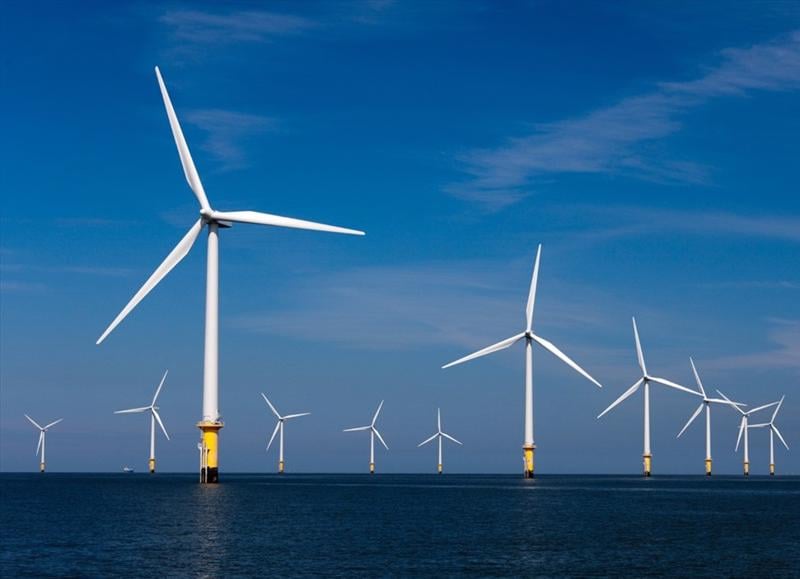
Investing in power grid and electricity in difficult areas
According to the Plan, about 911,400 households in 14,676 villages and hamlets in 3,099 communes nationwide will be supplied with electricity through the national grid or renewable energy sources.
Of which, about 160,000 households do not have electricity, 751,400 households need to be renovated) of 14,676 villages in 3,099 communes, of which the number of communes in border areas and especially difficult areas is 1,075 communes (43 provinces) in the provinces and cities of Dien Bien, Lao Cai, Yen Bai, Ha Giang, Bac Giang, Son La, Hoa Binh, Phu Tho, Tuyen Quang, Thai Nguyen, Thanh Hoa, Ha Tinh, Quang Binh, Quang Nam, Quang Ngai, Kon Tum, Dak Nong, Dak Lak, Bac Lieu, An Giang, Can Tho, Cao Bang, Lai Chau, Bac Kan, Lang Son, Nghe An, Hue City, Binh Dinh, Phu Yen, Gia Lai, Lam Dong, Binh Thuan, Binh Phuoc, Tay Ninh, Ben Tre, Tra Vinh, Kien Giang, Soc Trang, Long An, Tien Giang, Vinh Long, Dong Thap, Hau Giang, Ca Mau; the remaining area is 2,024 communes;
In addition to serving daily life, the program also aims to provide electricity to 2,478 medium and small-scale pumping stations (13 provinces) in the Mekong Delta region in the provinces and cities of Ben Tre, Tra Vinh, An Giang, Kien Giang, Can Tho, Bac Lieu, Soc Trang, Long An, Tien Giang, Vinh Long, Dong Thap, Hau Giang, Ca Mau, combined with providing electricity to the people.
Providing national grid electricity or renewable energy sources for the remaining islands: Con Co Island, Quang Tri Province; Tho Chau Island, An Son - Nam Du, Kien Giang Province; Con Dao Island District, Ba Ria - Vung Tau Province.
Forming a renewable energy industrial center
The Ministry of Industry and Trade proposed to build two inter-regional renewable energy industrial and service centers.
Accordingly, the Northern Center will be located in localities such as Hai Phong, Quang Ninh, Thai Binh, with the possibility of expanding to neighboring areas in the future. This center will include factories manufacturing equipment for wind power, solar power, logistics services, specialized seaports to support the construction, operation, and maintenance of renewable energy projects.
In addition, there are green industrial parks with low carbon emissions and research facilities to train specialized human resources in the field of clean energy.
Similarly, the southern hub is expected to be located in Ninh Thuan, Binh Thuan, Ba Ria - Vung Tau and Ho Chi Minh City, which have outstanding potential for wind power, solar power and seaport infrastructure.
The development model here is similar to the Northern center, aiming to build a complete value chain for the renewable energy industry in the South.
Energy corporations are tasked with a crucial task.
The organization and implementation are specifically assigned to each ministry, sector, locality and key enterprises in the energy industry.
Accordingly, the Ministry of Finance will coordinate with the Ministry of Industry and Trade to develop electricity price policies according to market mechanisms and appropriate financial and incentive mechanisms to support the planning implementation process.
Relevant ministries and sectors proactively propose policies and remove obstacles. Provincial and municipal People's Committees update planning, land allocation, site clearance and monitor the progress of power projects.
On the part of specialized units under the Ministry of Industry and Trade, regularly inspect and monitor the implementation of power source and grid projects, propose solutions for projects behind schedule; closely monitor the fuel supply situation, especially gas and coal for electricity production, and urge the progress of LNG reception infrastructure construction; focus on promoting electricity saving and prepare draft amendments to the Law on Economical and Efficient Use of Energy.
In the business sector, Vietnam Electricity Group (EVN) plays a key role in ensuring safe and stable power supply. EVN is responsible for implementing assigned power source and transmission grid projects, reviewing the balance of power supply and demand in the entire system, as well as closely coordinating with localities to remove obstacles in terms of land and connection. It also aims to improve labor productivity, save costs, and promote management innovation to reduce electricity costs. The Group must take responsibility if projects are behind schedule, affecting power supply security.
Vietnam National Energy and Industry Group will focus on searching for and exploiting new gas fields such as Block B, Blue Whale, Ken Bau... as well as building port infrastructure and gas systems to serve LNG imports. At the same time, it will play a leading role in implementing offshore gas and wind power projects when conditions permit.
Vietnam National Coal and Mineral Industries Group and Dong Bac Corporation are primarily responsible for ensuring coal supply for electricity production. Along with improving domestic production capacity, implementing electricity projects as assigned.
Source: https://moit.gov.vn/tin-tuc/phat-trien-nang-luong/bo-cong-thuong-ban-hanh-ke-hoach-trien-khai-quy-hoach-dien-viii-dieu-chinh.html


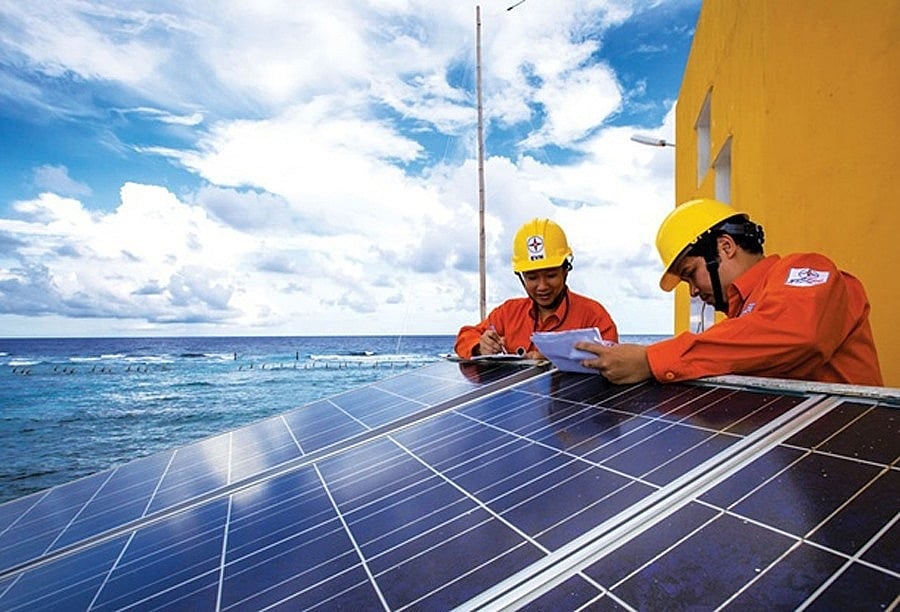

![[Video] More than 100 universities announce tuition fees for the 2025–2026 academic year](https://vphoto.vietnam.vn/thumb/1200x675/vietnam/resource/IMAGE/2025/7/18/7eacdc721552429494cf919b3a65b42e)

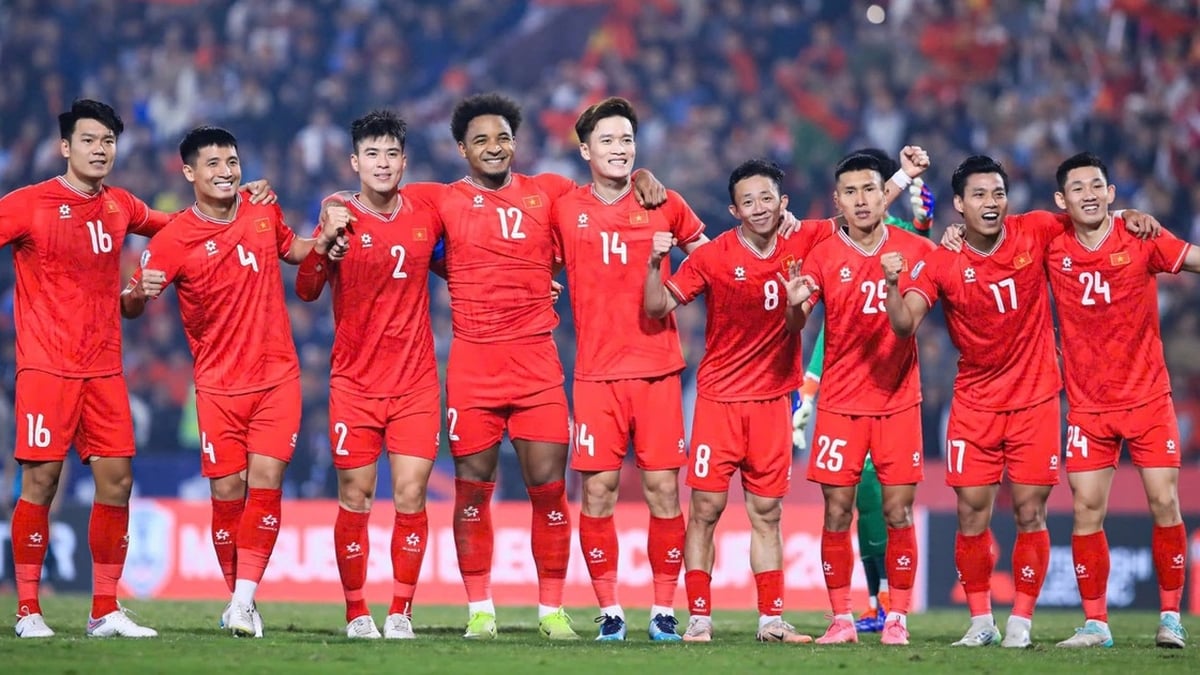

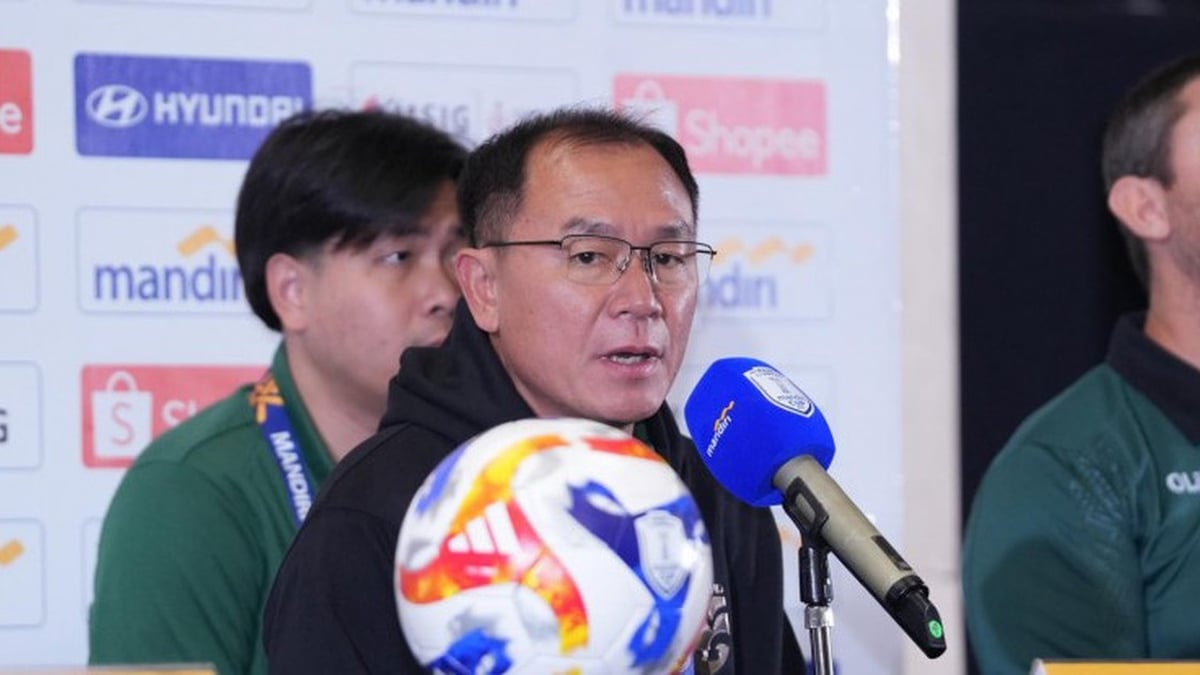


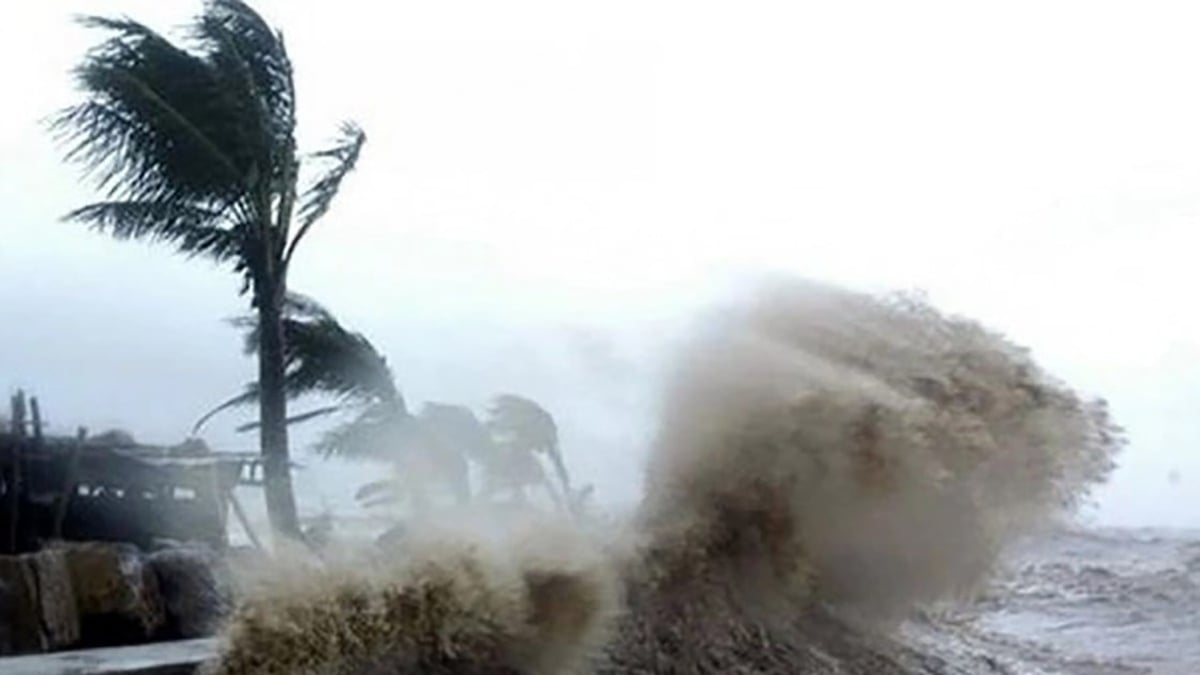

























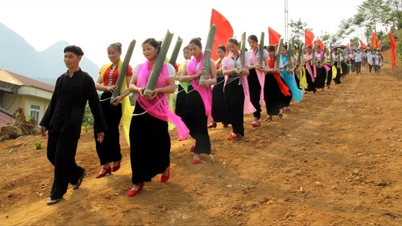


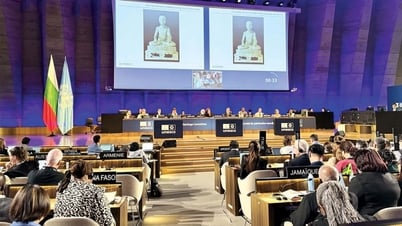

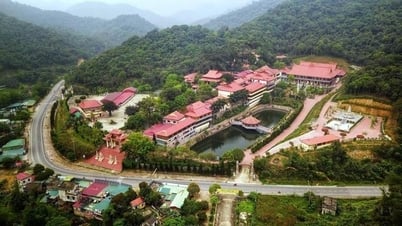
















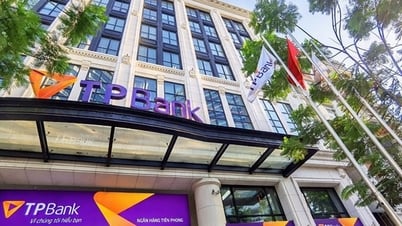

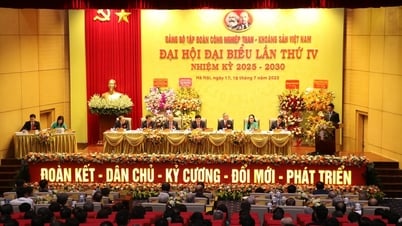
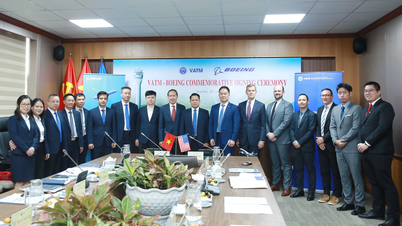



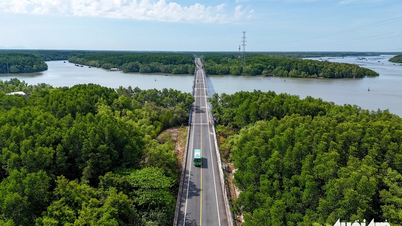

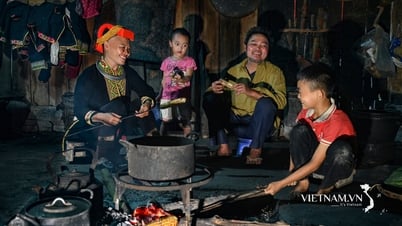
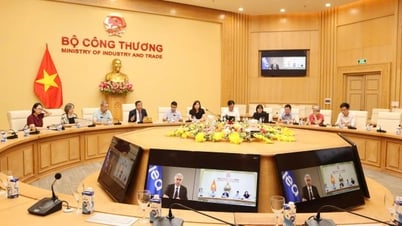
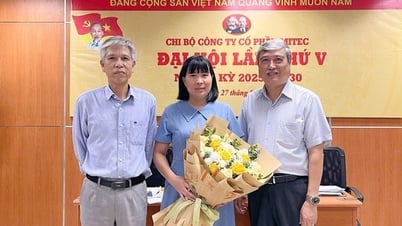


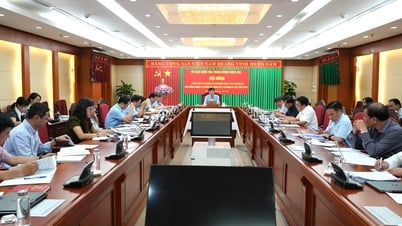


















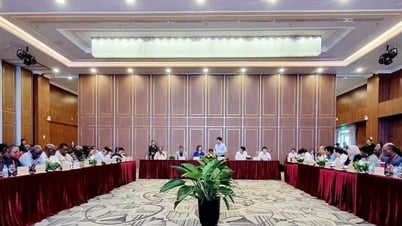

![[Infographic] In 2025, 47 products will achieve national OCOP](https://vphoto.vietnam.vn/thumb/402x226/vietnam/resource/IMAGE/2025/7/16/5d672398b0744db3ab920e05db8e5b7d)





Comment (0)